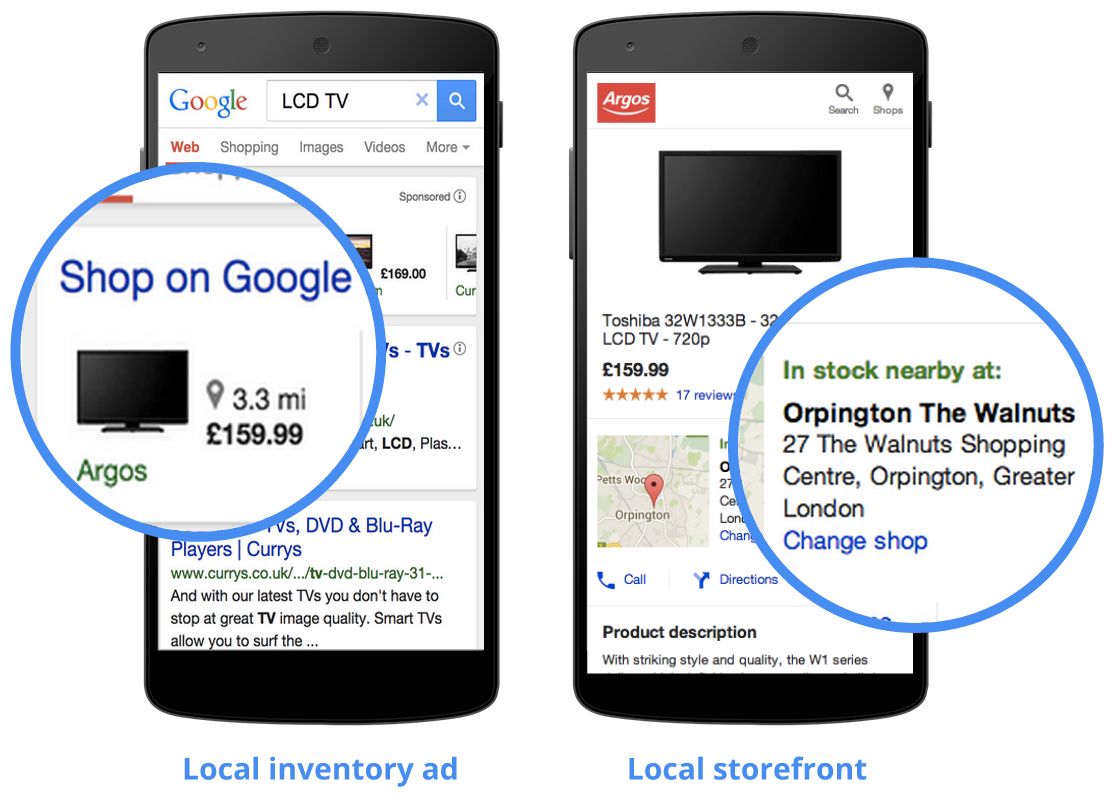Google, looking to provide advertisers information regarding the direct link between using a search ad and purchasing items in a store, have introduced a new tool that will enable better research in terms of how effects a search ad can be, according to Adweek.
Called “store visits,” the tool provides insight in terms of search ads, and how effective they can be measured up with local inventory and product listing ads.
It utilizes an algorithm that estimates which consumers go to a store in terms of seeing an ad online within a 30-day period. The data is measured using data collected via location history form devices, which is then given to advertisers so they can gauge the data. The data is anonymous, so that specific users aren’t pointed out in terms of spending habits.
Advertisers looking to use the program need to verify their location through the search giant, and then set up extensions via Google’s AdWords program, as well as registering an account. Only U.S. advertisers qualify for now, and will open up further leading into 2015.

Though the data is based more on guesswork (for the time being), some parties are certainly interested in details, such as Famous Footwear CMO Will Smith. “The insight that we’re getting from our partners at Google are really showing that the influence of online advertising is in fact not only getting people to shop at Famous.com, but to shop our stores across the country as well,” he explained.
According to the information, approximately 15 to 17 percent of clicks on the ads result in an in-store visit, according to Smith. The company looks to display different products for promotion and change some of its in-store merchandising strategies via region as a result.
With brick and mortar-based stores still leading the way in retail sales (an estimated $150 billion by 2018, according to Forrester Research), this could be a great way to get even more people to visit them.
“Getting better insight into these new, complex purchase paths can help you optimize your online marketing programs, design better experiences for your customers and allocate budget more effectively,” said Google director of product management Surojit Chatterjee.

